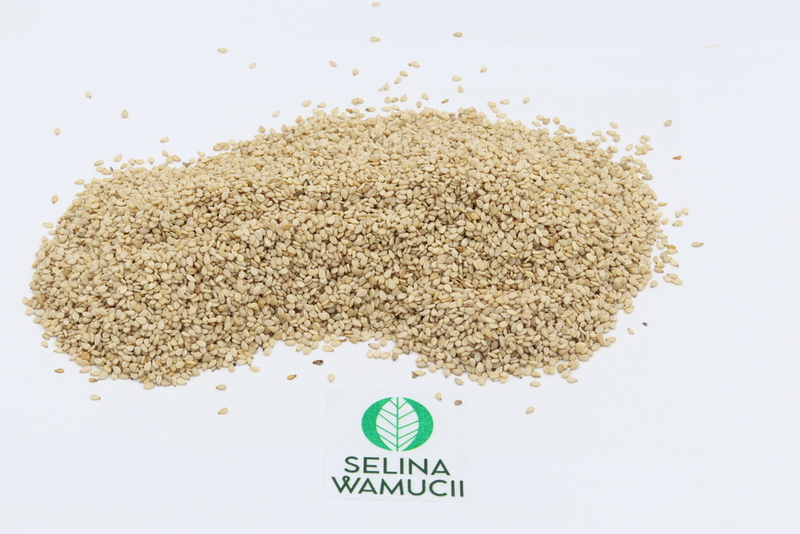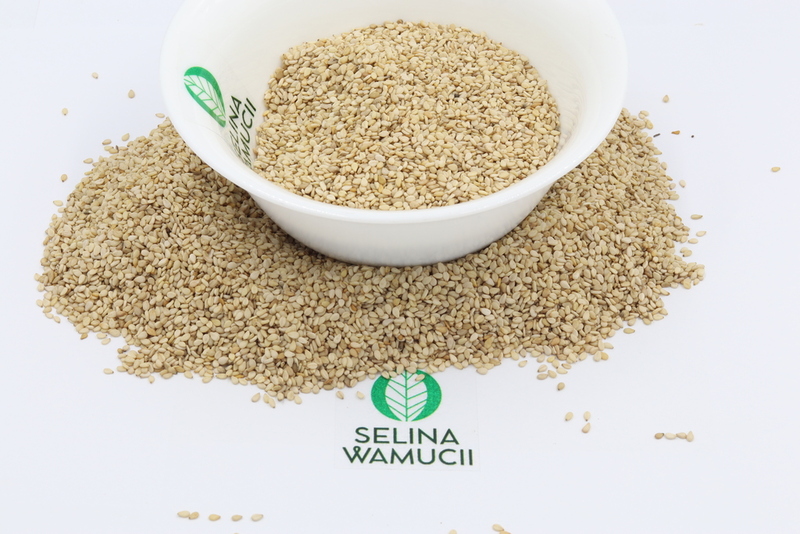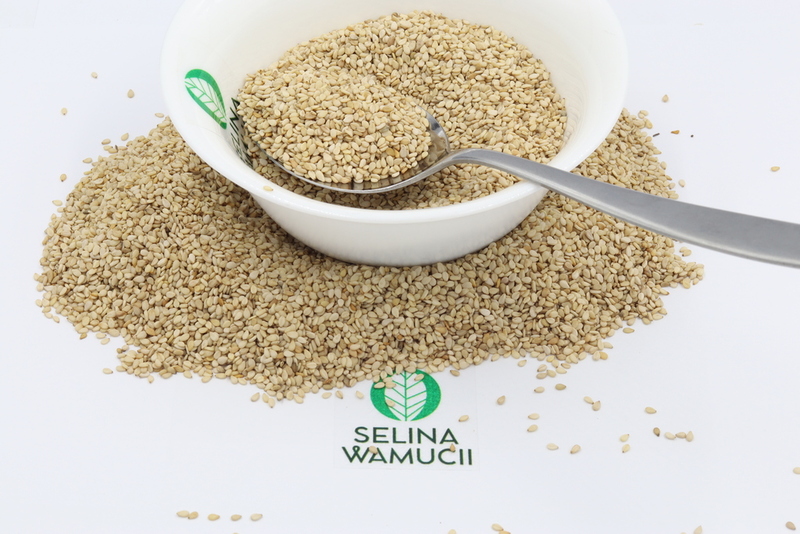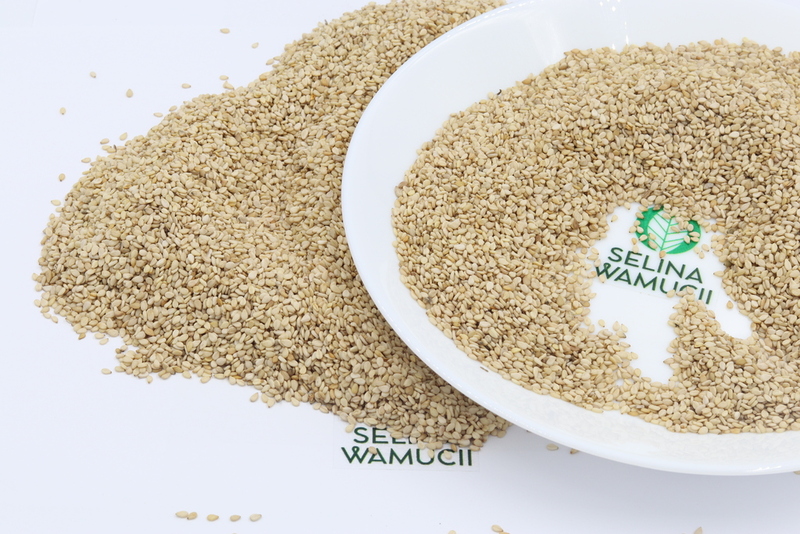Buy Ghana Sesame Seeds Directly From Exporters & Suppliers - Best of 2024 Market Prices
| Summary | |
|---|---|
| Varieties | White sesame seeds, Brown sesame seeds, Black sesame seeds |
| Sizes | 2mm-3mm |
| Season | November December |
| Transport Conditions | 27 degrees Celsius |
| Packing | Double packed in neww pp plastic bags, 25kg, 50kg, 90 kg sacks |
| Storage | Room temperature, 15-21 degrees celsius |
Sesame seeds are small, oily seeds that grow in pots on sesamum Indicum plants. Hulled seeds have the outer edible husk removed while unhulled seeds come with the outer edible husk intact. The hull give seeds golden hue. Hulled seeds have an off white colour but turn brown when roasted.
Depending on conditions, sesame seeds grow 0.5 to 2.5 metres tall. Some have branches while others do not.one to three flowers appear in the leaf axis. The hulled seed is creamy or pale white and about 3 mm long and has a flattened pear shape. The seeds capsules open when dry, allowing the seeds to scatter. They are an excellent source of energy due to high-fat content. They contain healthy fats like polyunsaturated fatty acids and omega 6. They also contain fibre, iron, calcium, magnesium, and phosphorus that help boost energy levels. The seeds are used in making sesame oil which is used in making cooking oil, salad dressing and sauces also added to food for flavouring.
Sesame seeds are known to be the oldest oilseed crop known, domesticated over 3000 years ago. The Ghana sesame has many other species, most being wild and native to West Africa. Sesamum indicum, the cultivated type originated in India and is tolerant of drought-like conditions growing where other crops fail. It is grown mostly in the semi-arid regions of Northern Ghana.
The following are varieties of Ghana sesame seeds;
- White sesame seeds: These are sesame seeds that are considered to be in their purest form. They have a rich flavour and texture. They are the most commonly used sesame seeds in the world.
- Black sesame seeds: They are considered the most nutritious variety of sesame. They are believed to cure many kinds of body infections which are caused by ageing. These seeds contain zinc and calcium.
Sesame crops require warm conditions above 23 degrees Celsius. They can grow in poor soils but yield best in properly fertilized farms. They are planted in the months of July and harvested between the months of November and December. Harvesting of the seeds takes place when the fruit at the base are ripe. The seeds from the fruit get the colour specific to the variety, and the leaves at the base of the stem have fallen. The stem is usually ready for harvesting between 90 to 150 days.
On small surfaces, sesame is harvested with a sickle and then bounded into bundles where it continues to dry without losing its quality. After drying the bundle collapse to the ground. It is harvested in two phases. First, it is cut with a windrower and left in the swats which after drying are collected with a combined harvester. They are packed in 50kg,25kg,15 kg and 10 kg paper bags.
Sesame seeds can be sold as hulled or unhulled. The hulled sesame seeds are the most common. They are those kinds of sesame seeds from which the outer husk has been removed. The unhulled sesame seeds, the hull or outer skin hasn’t been removed. They go through a step-less in the manufacturing process and are known to have higher benefits because the outer surface is considered to be nutritious
Ghana exports sesame seeds to the USA and Europe. The rest is used locally in the production of sesame oil, in bakeries, food powder and much more.
Sign up today to get connected with buyers and sellers of Ghana sesame seeds.
Get Instant Quote
Are you a producer of Ghana Sesame Seeds or other products?
Sign up today for FREE to buy or sell Ghana Sesame Seeds.





